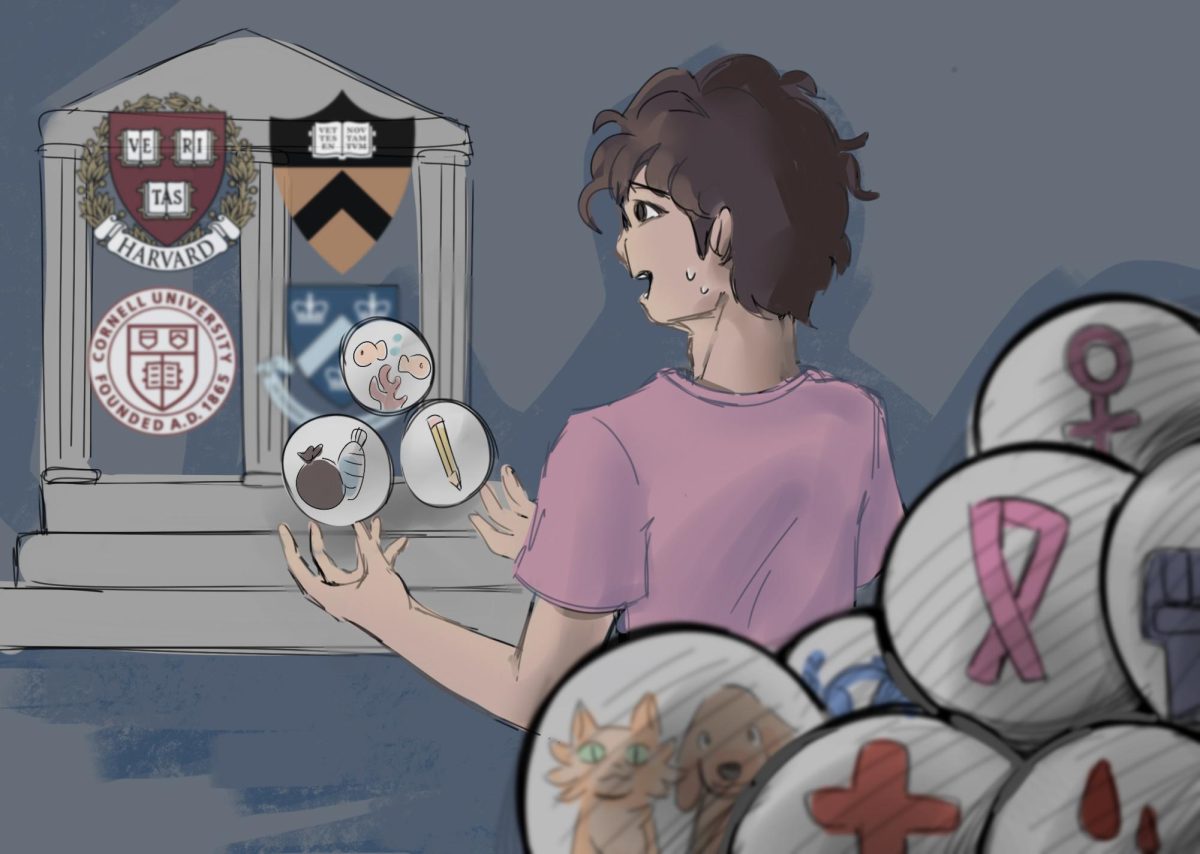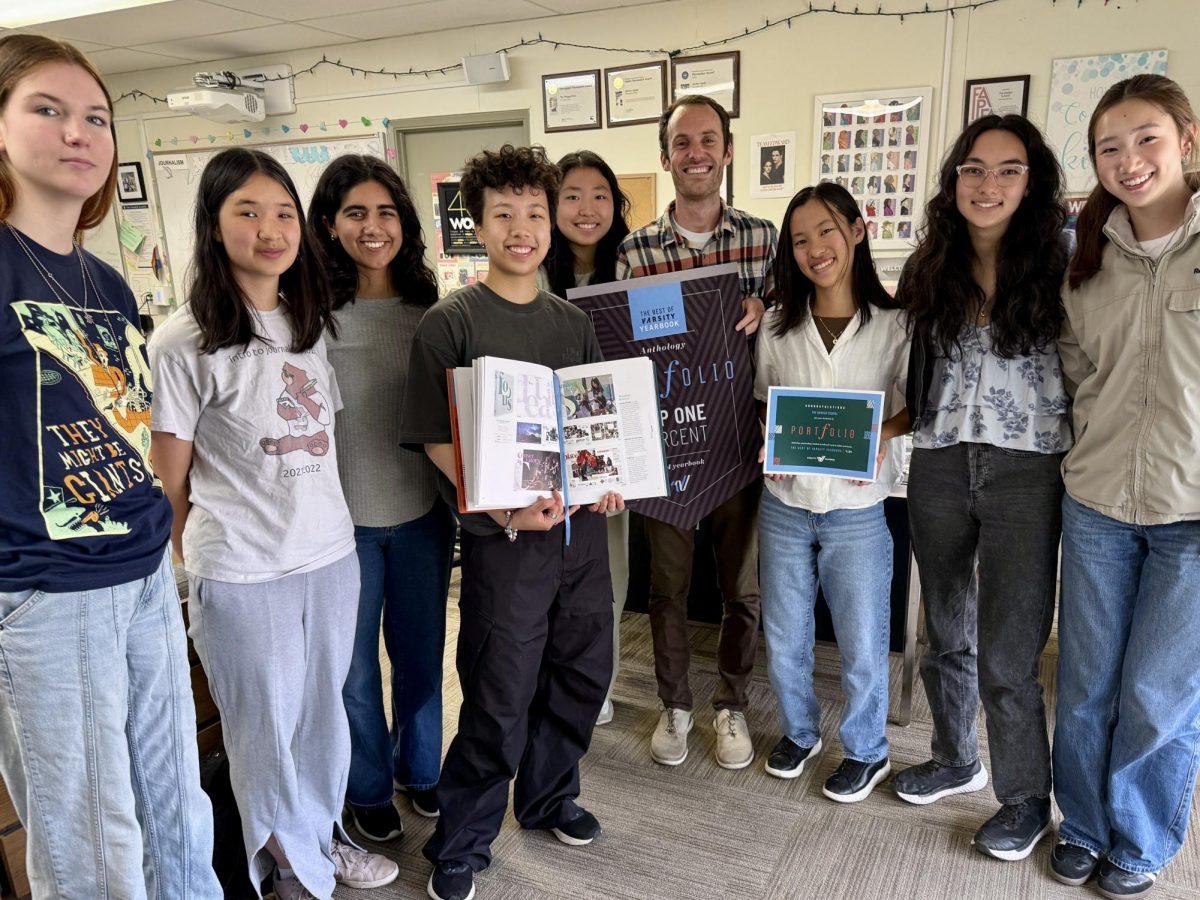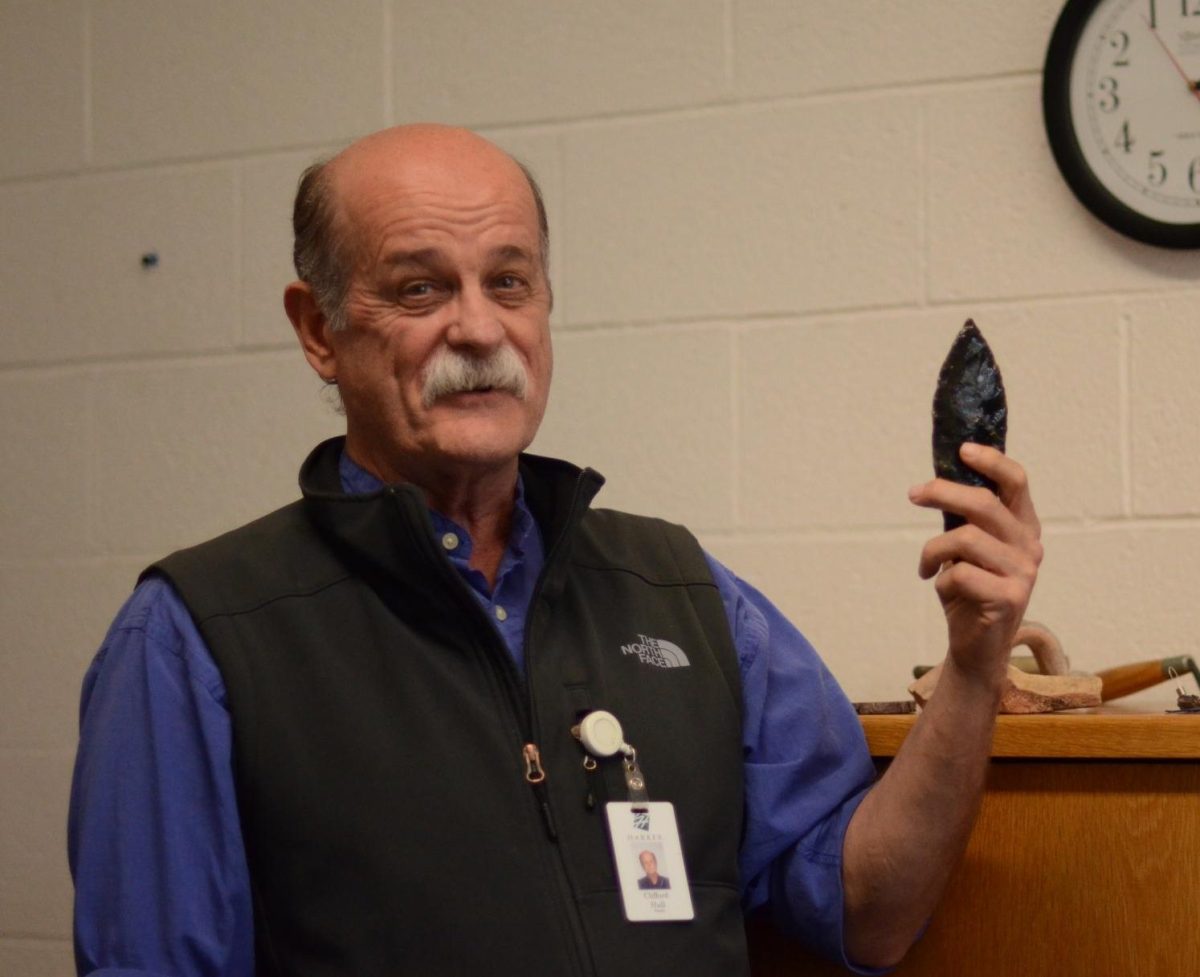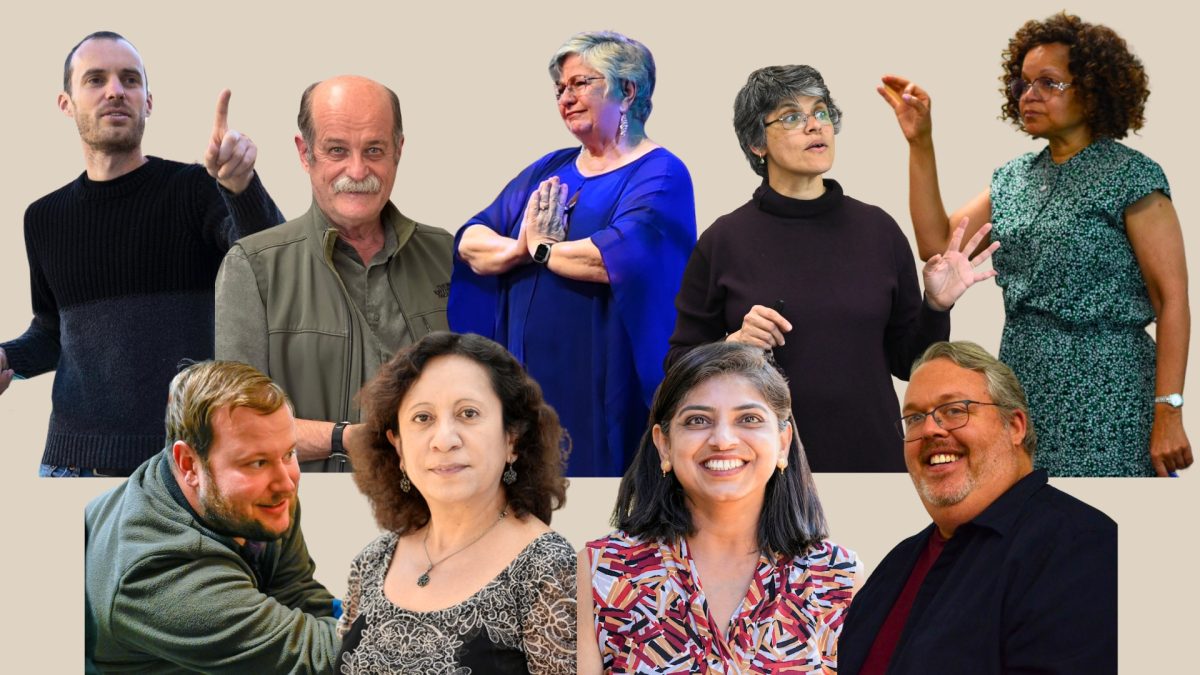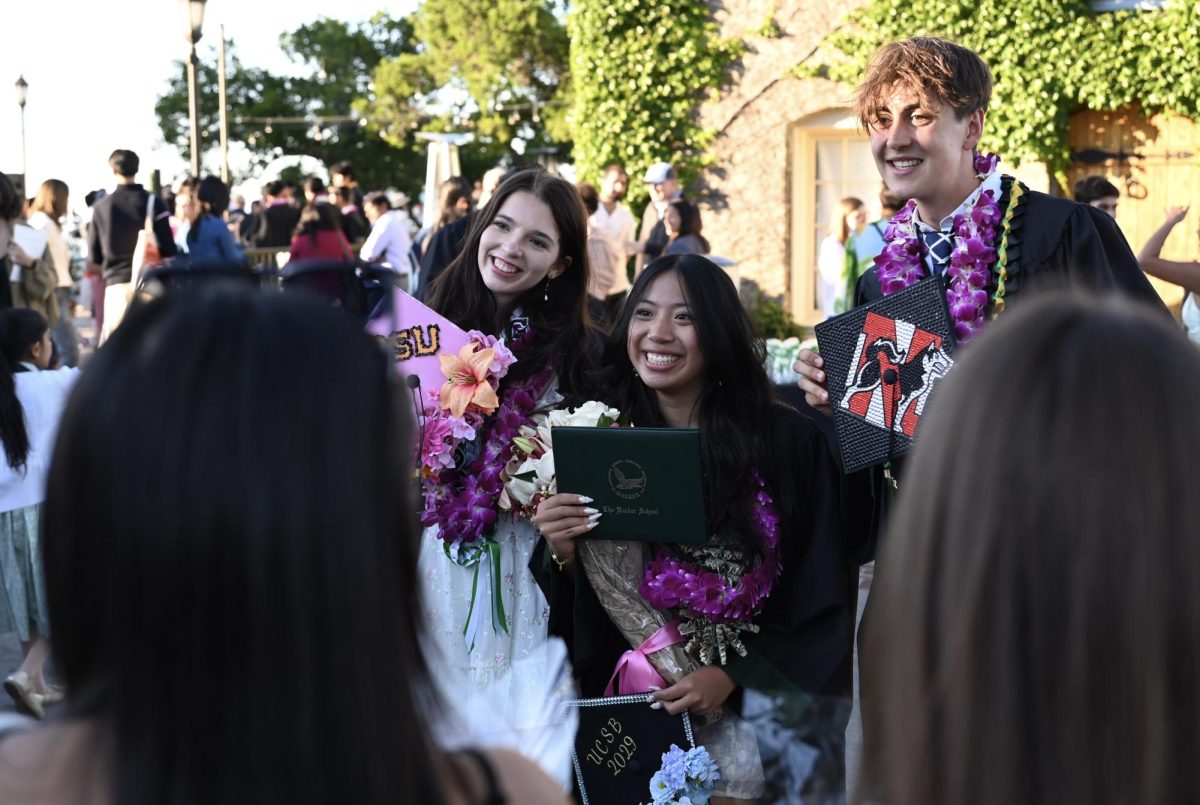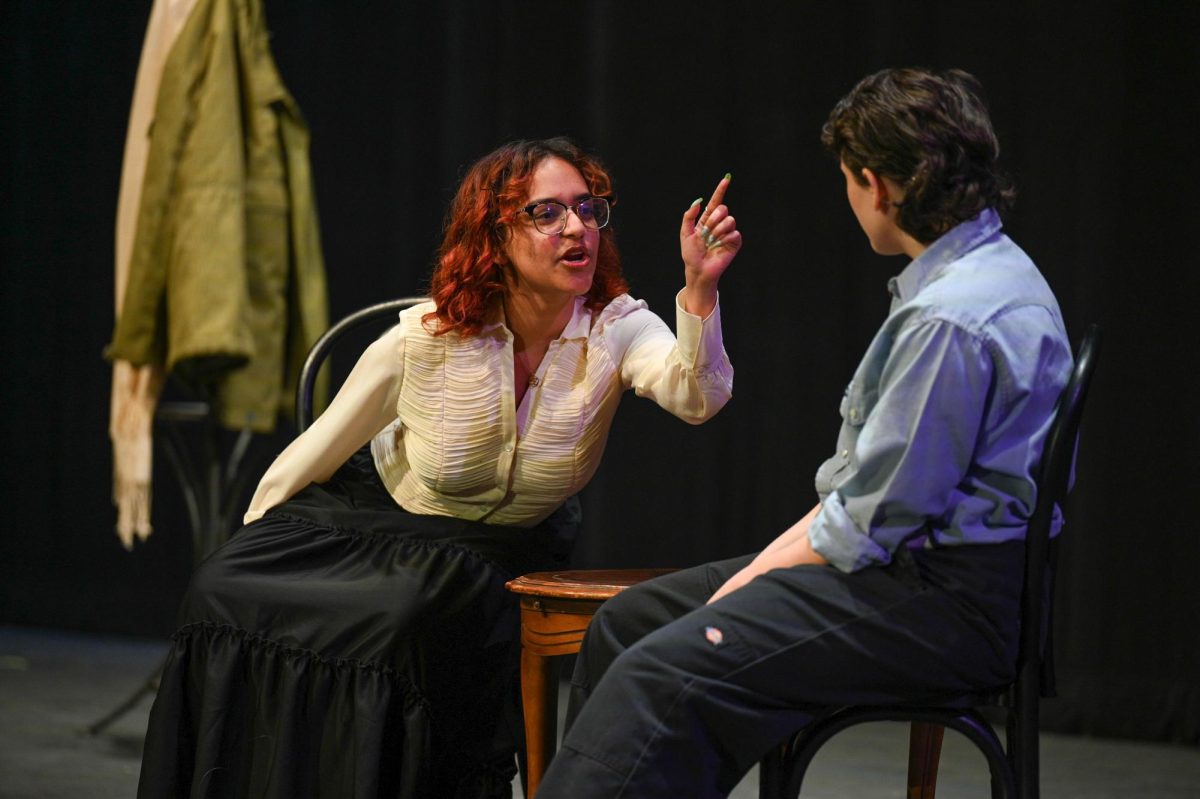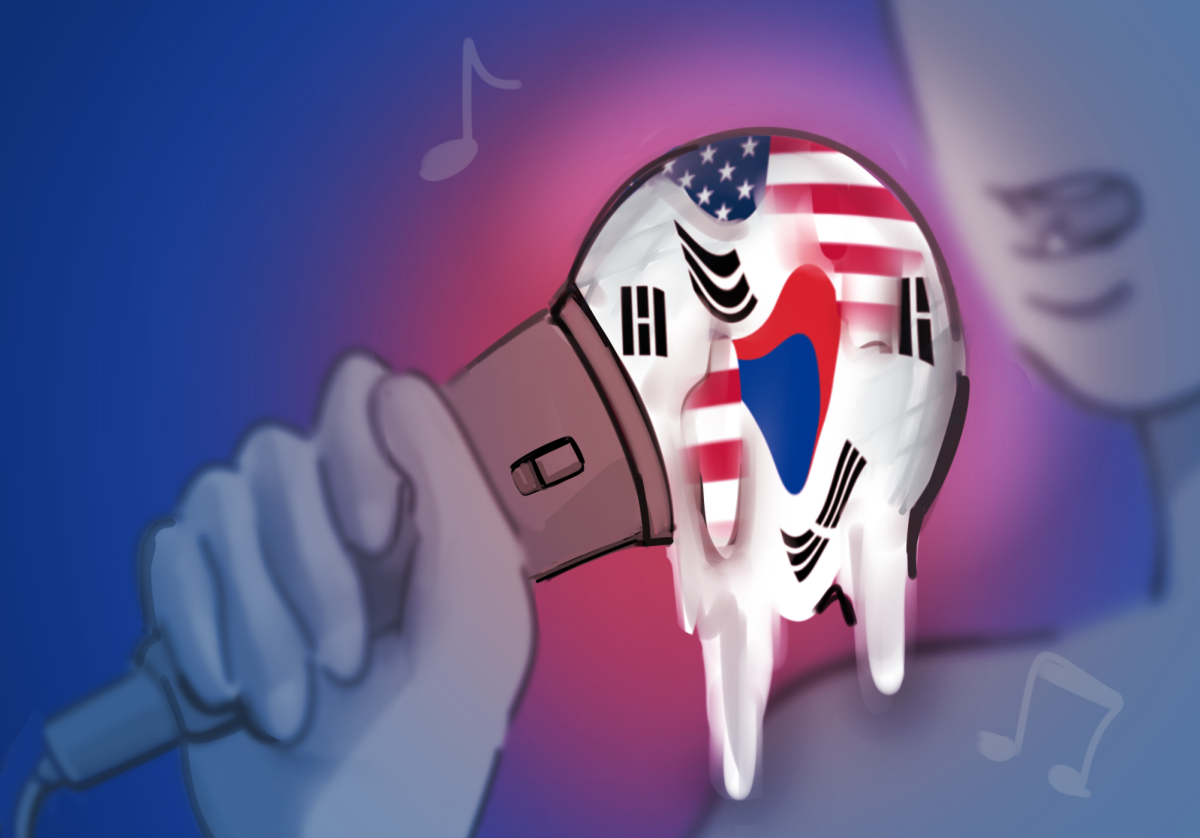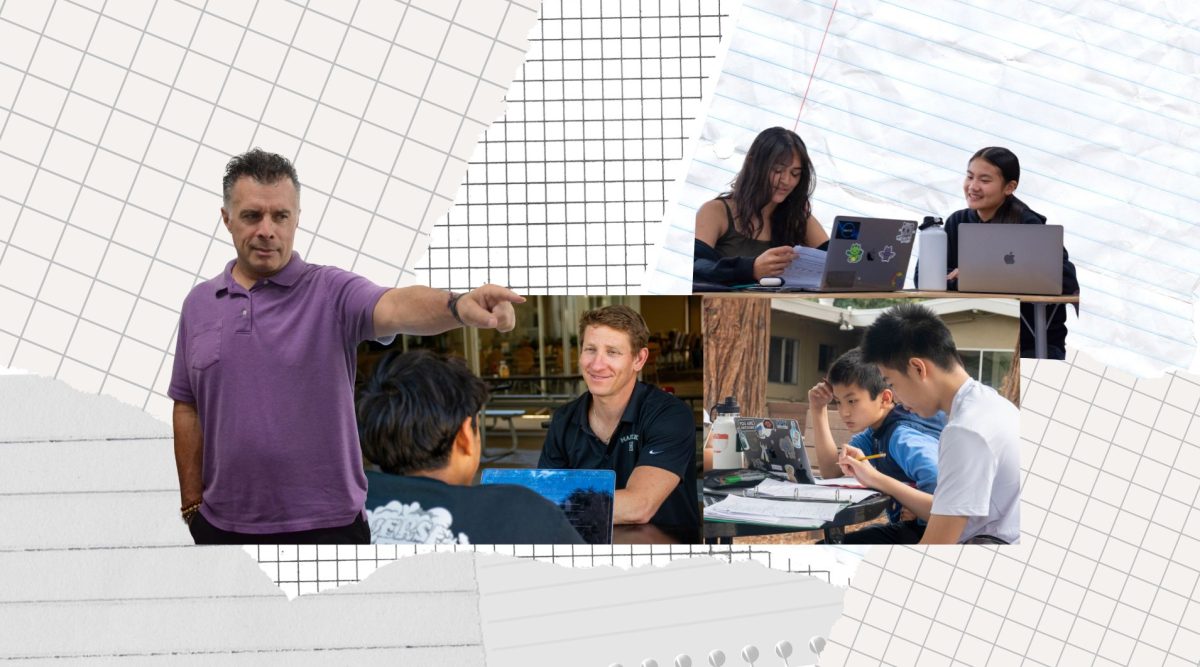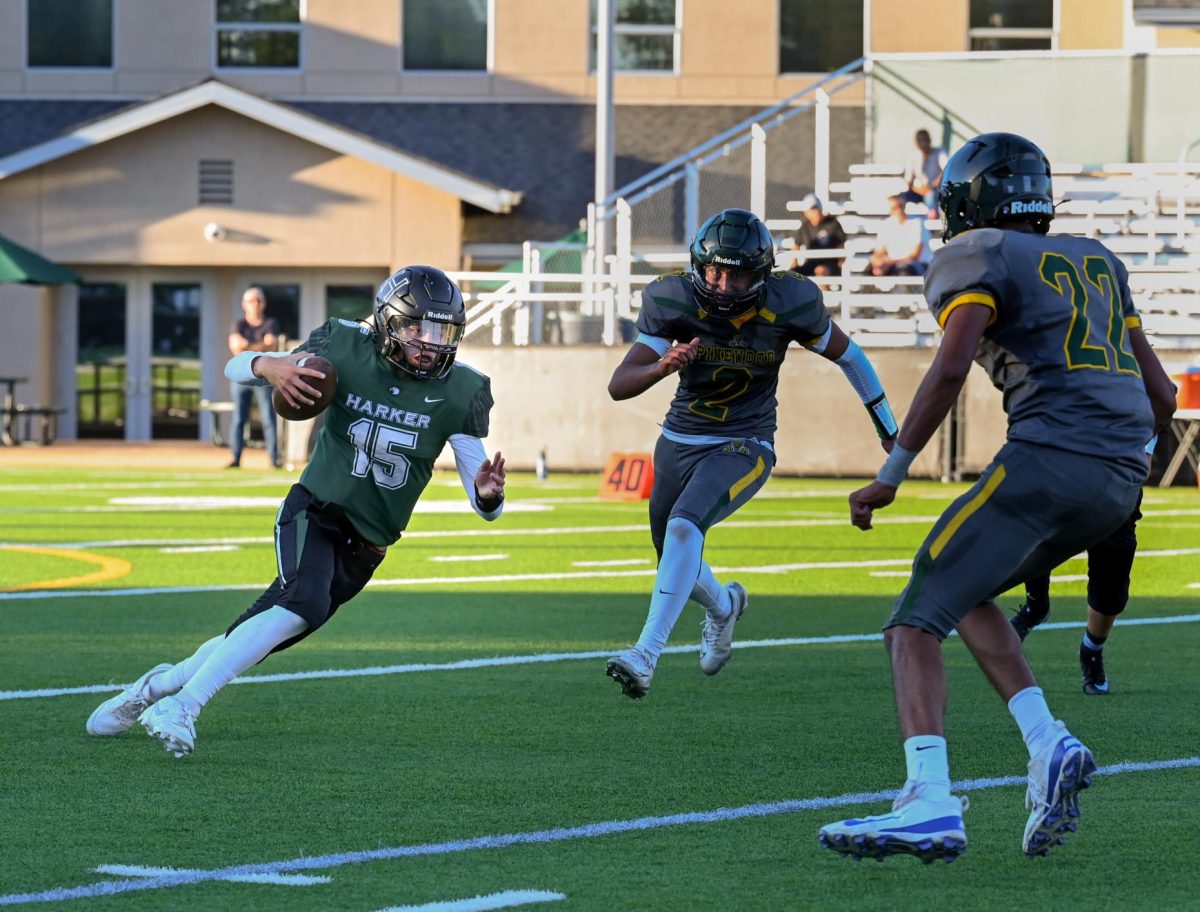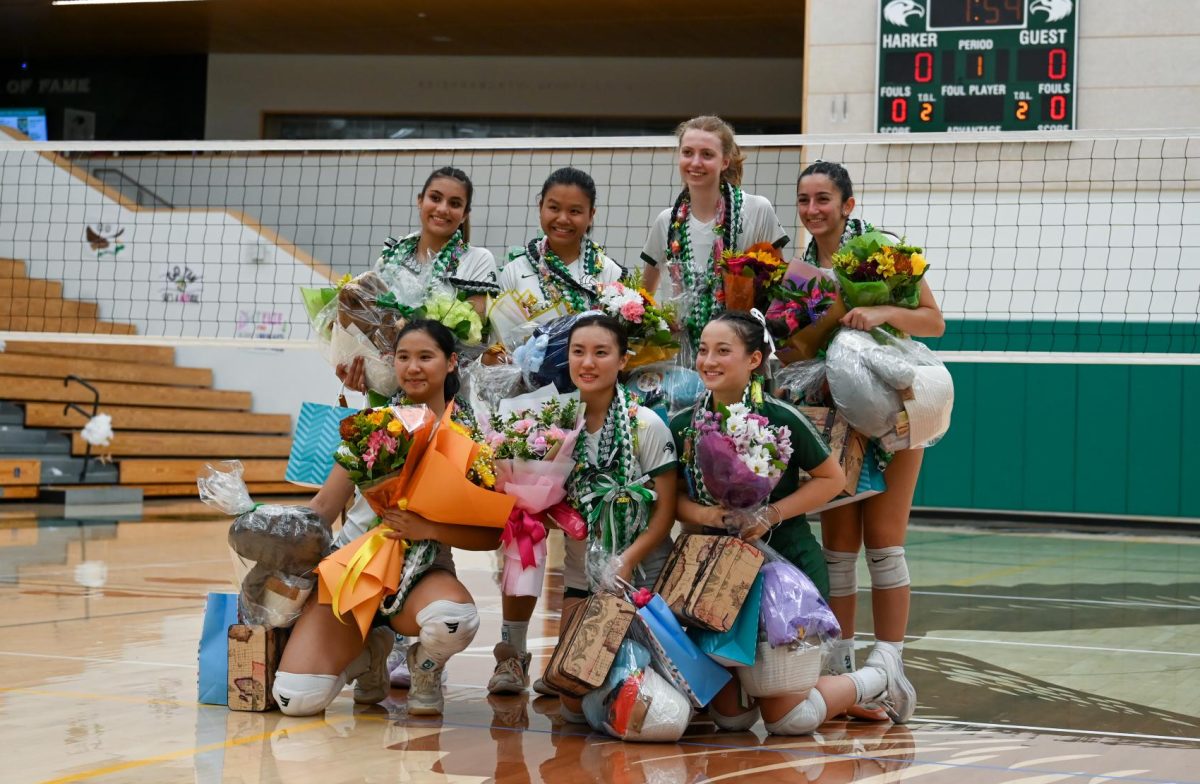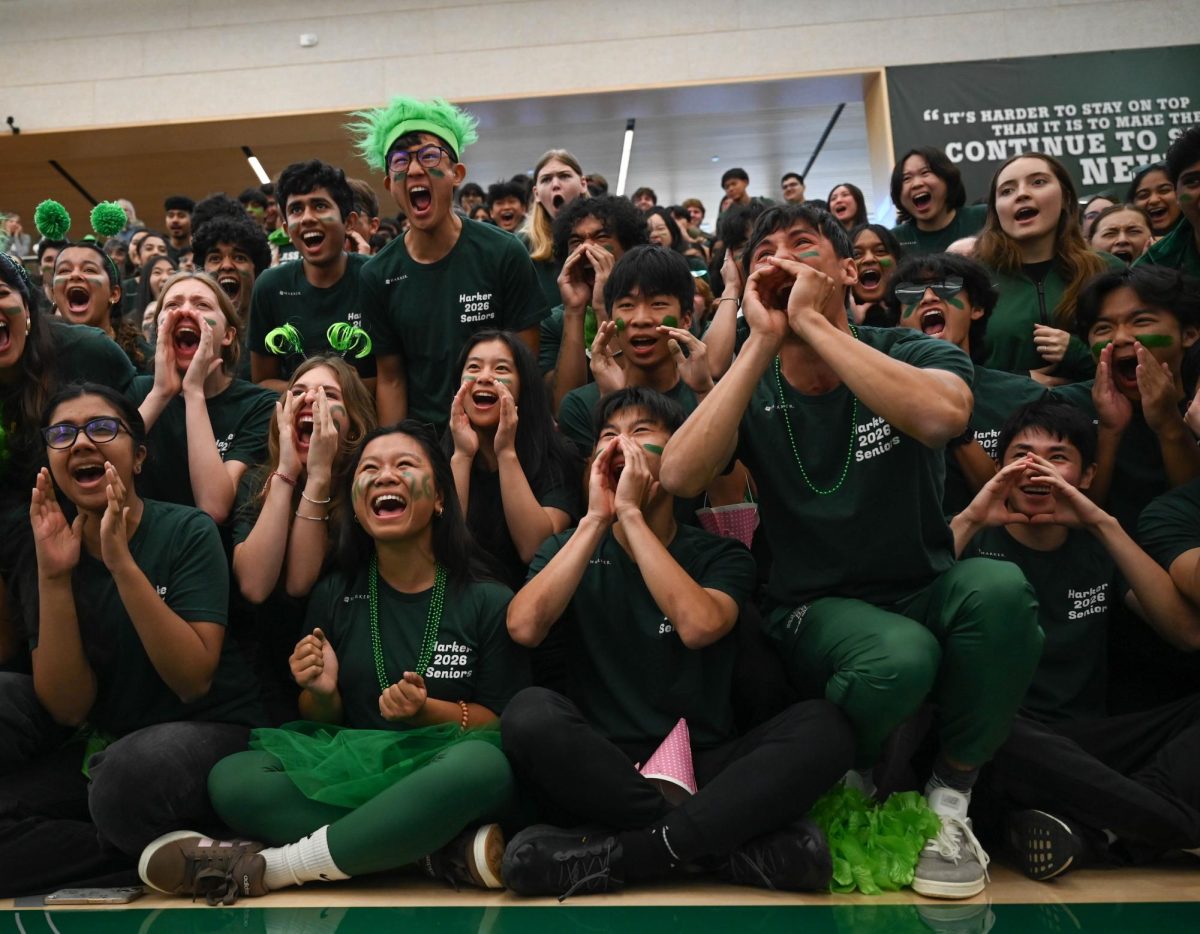Scrolling through Instagram, numerous abandoned nonprofit accounts emerge. Initiatives that were once active during a student’s time in high school now lie dormant. These accounts cast doubt on the extent of students’ volunteering commitments past high school.
Students may found or participate in nonprofits as an extracurricular that they can add to their college resume. According to the 61 responses received in a schoolwide survey shared via Schoology on April 22, 95.1% of student respondents are involved in nonprofits, with 29.3% of them founding their own.
Although parental pressure and resume-building are among some of the reasons that prompt students to join nonprofits, many do establish a genuine connection with their volunteering work. 56.9% of the respondents feel that the nonprofit they are involved in strongly aligns with their interests, even if they did not initially pursue the nonprofit out of pure interest.
With 63.8% of the 61 respondents planning on continuing their nonprofit involvement after high school, it is evident that nonprofits joined in high school have the potential to last beyond graduation. Students and faculty should promote continued engagement after high school as part of a broader lifelong endeavor of volunteerism.
Volunteer work should not solely serve as a checkbox that must be filled out before graduating high school. Students who engage in a cause that they are genuinely passionate about can increase their impact in a community they truly care about. According to a paper published in the Journal of Happiness Studies, continuous participation in philanthropic activities fosters personal growth and satisfaction, leading to more positive outcomes both within a person’s character and in their surrounding community.
Volunteering impact also does not need to be confined to a set amount of time or awards. As evident in the survey responses, 46.6% of respondents volunteer one to three times a week, while 19% volunteer a few times a year. With students participating in nonprofit organizations for different amounts of time, with some doing so to meet community service requirements and others applying for awards like the President’s Volunteer Service Award, each student should be free to individually decide the extent of their commitment.
Regardless of how much time individuals spend volunteering, each act of service can make a difference in the lives of others. But by committing to volunteerism for the long term, students can create a community-oriented legacy beyond their high school years.
Those who limit their work in nonprofits to their high school years should seek to encourage continuation by other means, like mentoring those who come after them. This type of engagement can foster a more meaningful impact inside the target community.
If we encourage students to approach their nonprofit work with longevity in mind, they are more likely to carry on their work, furthering acts of volunteerism in their community.




![LALC Vice President of External Affairs Raeanne Li (11) explains the International Phonetic Alphabet to attendees. "We decided to have more fun topics this year instead of just talking about the same things every year so our older members can also [enjoy],” Raeanne said.](https://harkeraquila.com/wp-content/uploads/2025/10/DSC_4627-1200x795.jpg)


















![“[Building nerf blasters] became this outlet of creativity for me that hasn't been matched by anything else. The process [of] making a build complete to your desire is such a painstakingly difficult process, but I've had to learn from [the skills needed from] soldering to proper painting. There's so many different options for everything, if you think about it, it exists. The best part is [that] if it doesn't exist, you can build it yourself," Ishaan Parate said.](https://harkeraquila.com/wp-content/uploads/2022/08/DSC_8149-900x604.jpg)




![“When I came into high school, I was ready to be a follower. But DECA was a game changer for me. It helped me overcome my fear of public speaking, and it's played such a major role in who I've become today. To be able to successfully lead a chapter of 150 students, an officer team and be one of the upperclassmen I once really admired is something I'm [really] proud of,” Anvitha Tummala ('21) said.](https://harkeraquila.com/wp-content/uploads/2021/07/Screen-Shot-2021-07-25-at-9.50.05-AM-900x594.png)







![“I think getting up in the morning and having a sense of purpose [is exciting]. I think without a certain amount of drive, life is kind of obsolete and mundane, and I think having that every single day is what makes each day unique and kind of makes life exciting,” Neymika Jain (12) said.](https://harkeraquila.com/wp-content/uploads/2017/06/Screen-Shot-2017-06-03-at-4.54.16-PM.png)








![“My slogan is ‘slow feet, don’t eat, and I’m hungry.’ You need to run fast to get where you are–you aren't going to get those championships if you aren't fast,” Angel Cervantes (12) said. “I want to do well in school on my tests and in track and win championships for my team. I live by that, [and] I can do that anywhere: in the classroom or on the field.”](https://harkeraquila.com/wp-content/uploads/2018/06/DSC5146-900x601.jpg)
![“[Volleyball has] taught me how to fall correctly, and another thing it taught is that you don’t have to be the best at something to be good at it. If you just hit the ball in a smart way, then it still scores points and you’re good at it. You could be a background player and still make a much bigger impact on the team than you would think,” Anya Gert (’20) said.](https://harkeraquila.com/wp-content/uploads/2020/06/AnnaGert_JinTuan_HoHPhotoEdited-600x900.jpeg)

![“I'm not nearly there yet, but [my confidence has] definitely been getting better since I was pretty shy and timid coming into Harker my freshman year. I know that there's a lot of people that are really confident in what they do, and I really admire them. Everyone's so driven and that has really pushed me to kind of try to find my own place in high school and be more confident,” Alyssa Huang (’20) said.](https://harkeraquila.com/wp-content/uploads/2020/06/AlyssaHuang_EmilyChen_HoHPhoto-900x749.jpeg)



